Curious Questions: Who created the Oxford English Dictionary?
Martin Fone, who has long been fascinated by words, digs in to the story of how Sir James Murray created the first Oxford English Dictionary — despite having a full-time job and 11 children — and ended up having his own special post box.

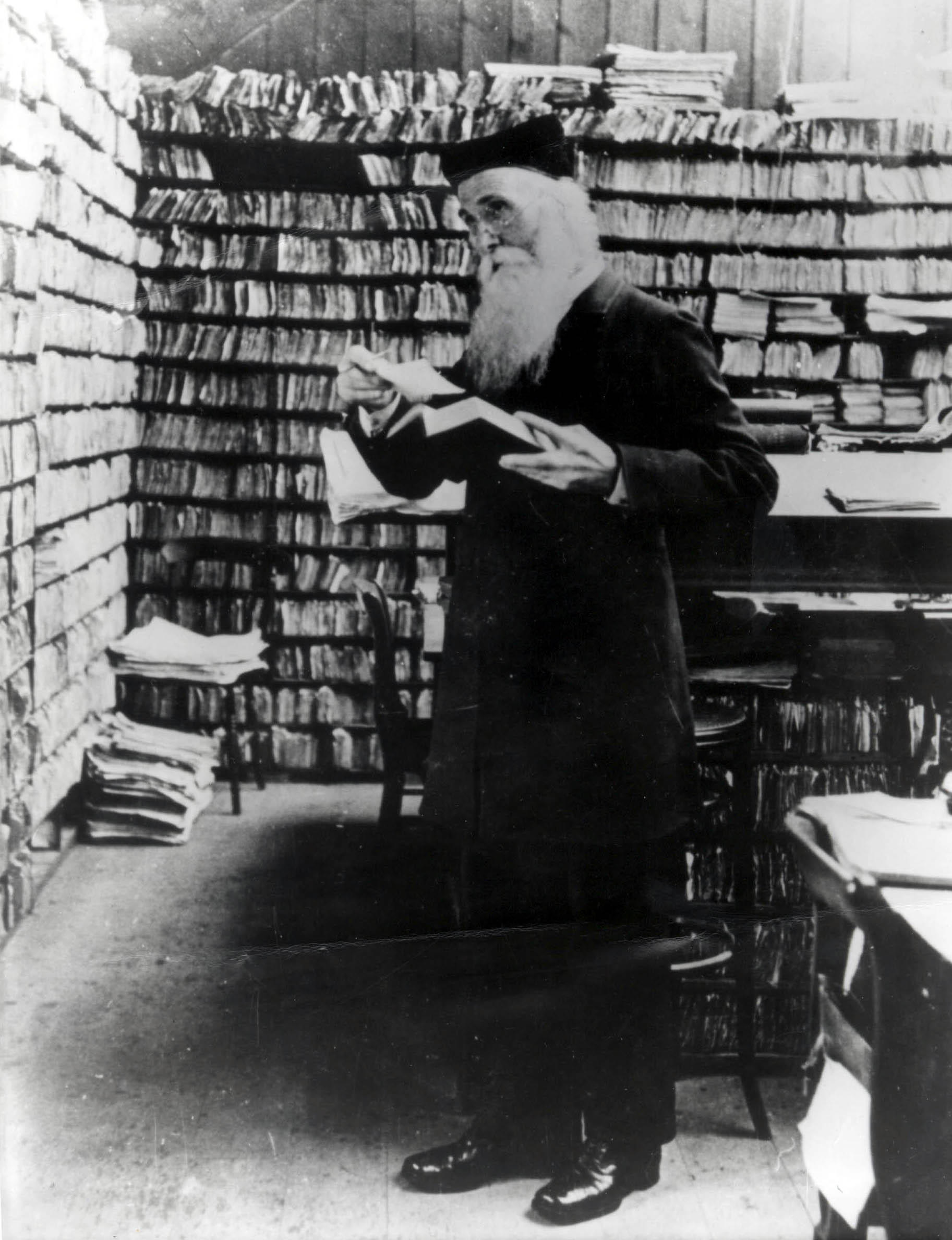
At first glance, 78, Banbury Road looks to be an unremarkable house in suburban north Oxford, but closer inspection reveals it to be, for logophiles, one of the spiritual homes of lexicography. A blue plaque, commissioned by the Oxford Civic Society and unveiled on October 21, 2002, by the then Lord Lieutenant of Oxfordshire, Hugo Brunner, indicates that Sir James Murray lived there between 1885 and 1915.
A son of a tailor, Murray quickly developed an aptitude for languages, gaining competence in some twenty-five, including Arabic, Hindi, Tongan, and ancient Gothic. After initially working as a tailor and then a bookbinder, he realised his ambition of becoming a teacher. In 1857, a landmark year in Murray’s life, he was appointed headmaster at Hawick Academy and the Philological Society of London, of which he was a keen member, decided that the English language needed a substantial and authoritative lexicon.
It was not until 1879, though, that the lexicon moved from pipe dream to reality, the Society reaching agreement with the Oxford University Press to produce the snappily titled A New English Dictionary on Historical Principles; Founded Mainly on the Materials collected by The Philological Society. Murray, by now a teacher at Mill Hill School, was appointed editor of the project, but having to combine the gargantuan task of compiling the entries with a full-time job meant that progress was painfully slow.
Nevertheless, on February 1, 1884, the first volume of what would come to be known as the Oxford English Dictionary (or OED). It barely scratched the surface of the language, taking 352 pages to cover ‘a’ through to ‘ant’. But it was a success, selling 4,000 copies, and was followed a year later by a second volume extending the dictionary’s ambit to ‘batten’.
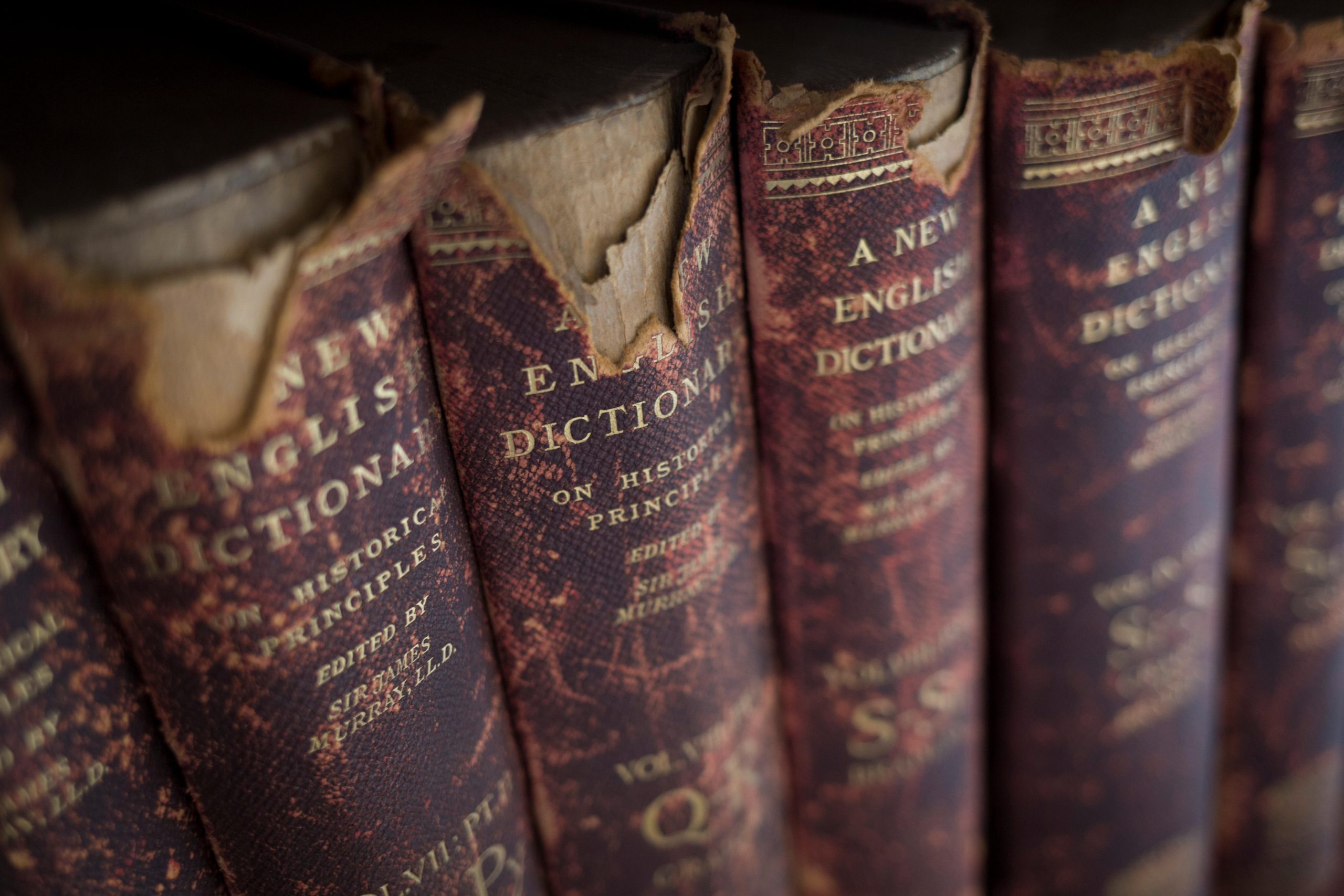
Under immense (if understandable) pressure to speed up the compilation of the dictionary, Murray gave up teaching in 1885 and moved his family — a wife and eleven children — to Oxford to devote his life to lexicography. The house they moved to, named Sunnyside (now no 78), was then the northernmost house on the east side of Banbury Road, flanked by fields owned by St John’s College. On moving in Murray received permission to erect a corrugated-iron building, his Scriptorium, to the rear of the property. The College stipulated that it had to be sunk in the ground, to a depth of fifteen feet, so as not to obscure the next door neighbour’s view.
"His estimate that the dictionary would be completed by 1891 proved to be wildly optimistic; it was not until 1928 that final volume was published"
It was in this Scriptorium that Murray, cutting a striking figure with flowing beard and academic gown, laboured on his Herculean task for the next thirty years, a perfectionist often having to fend off criticism of the dictionary’s slow progress. Conditions were spartan and although there was a small stove to provide heat in winter, Murray and his assistants, some of whom were his children, had to wear coats to keep warm.
His estimate that the dictionary would be completed by 1891 proved to be wildly optimistic; it was not until 1928, well after his death, that final volume was published. The last printed edition of the OED was published in twenty volumes in 1989 and is now only available to subscribers electronically, a medium which allows for almost instantaneous updates and amendments.
Exquisite houses, the beauty of Nature, and how to get the most from your life, straight to your inbox.
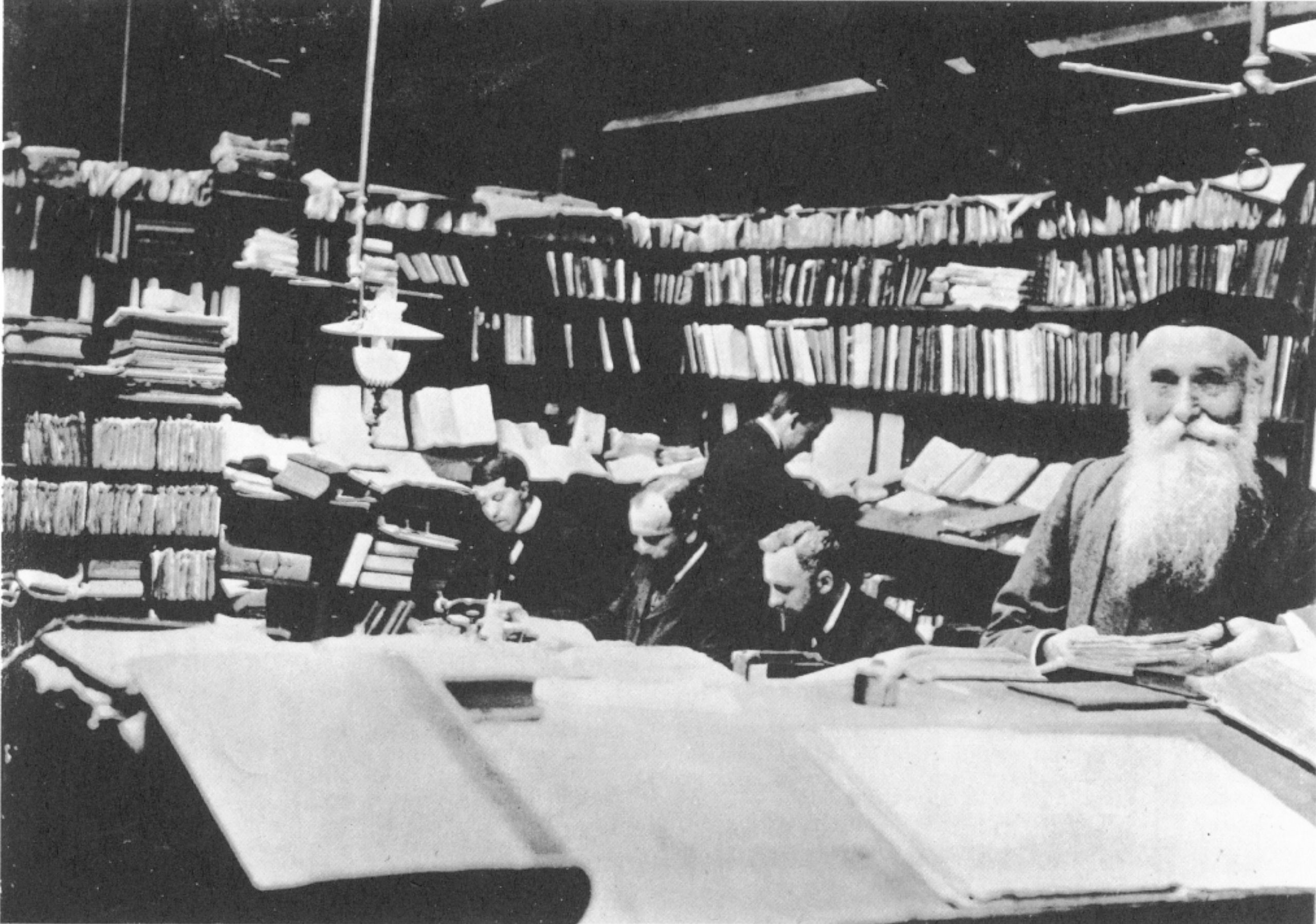
Citations and definitions of each word were laboriously transferred on to slips of paper, around three tons worth by his death, from which they were eventually distilled into entries for the dictionary. To speed the process up Murray sent an Appeal for Readers around the Anglophone world asking for volunteers to supply him with suitable quotations illustrating how various English words were used over the centuries. Respondents were asked to avoid concordances of the Bible, Shakespeare, and Edmund Burke as they had already been trawled through. One of the most prolific postal contributors was William Chester Minor, a murderer staying at Her Majesty’s pleasure at Broadmoor Asylum for the Criminally Insane, who sent in over 12,000 citations.
Such was the volume of post generated by Murray’s operation that, rather like Father Christmas, an envelope addressed simply to Mr Murray, Oxford was enough to ensure its safe delivery. To cope with the masses of correspondence Murray and his team sent out, the Post Office erected a post box outside his house in 1885, the first man to be accorded this distinction.
The red post box, of which there are around 800 different types according to The Letter Box Study Group, is an iconic piece of British street furniture. When Roland Hill introduced the Uniform Penny Post in 1840, opening up the postal system to almost everybody in the UK, the only way to post a letter was either to take it to a Receiving Office or to await the arrival of the Bellman to collect it. Neither method was able to meet the increased demand for the service satisfactorily.
Anthony Trollope, the novelist but then a Surveyor Clerk at the Post Office, fascinated by roadside post boxes which he had seen while travelling in France and Belgium, regarded them as a potential solution to the growing problem. After persuading his superiors to conduct an experiment, four red, cast-iron pillar boxes were installed and put into operation in Jersey on November 23, 1852. The trial was then extended to Guernsey.
"Both the royal cipher, ‘VR’ at the time, and the Post Office’s name were omitted. Curiously, it took eight years for the mistake to be spotted"
Their success led to the gradual installation of post boxes on the mainland, the first being in Botchergate in Carlisle in 1853. London’s first six were not installed until April 11, 1855. As local surveyors had responsibility for the design, manufacture, and installation of post boxes, there was no standard design, but by 1857 it was settled that the aperture through which a letter was posted should be horizontal rather than vertical and positioned under a slightly protruding cap to protect the contents from the elements.
In 1859 post boxes were given a uniform colour, green, so that they would blend into the surroundings and not appear obtrusive. So successful was the camouflaging that the Post Office received many complaints from people claiming to be unable to locate them. Bowing to public pressure, the colour of post boxes was changed once more in 1874, reverting to the original red, although it took ten years to complete the task of repainting them all.
Irrespective of the shape and design of the post box, it bears a cipher of the monarch in whose reign it was installed and the words ‘Post Office’. However, the one outside No 78, Banbury Road has neither. It is what is known as an ‘anonymous’ post box and was the result of an egregious design error.
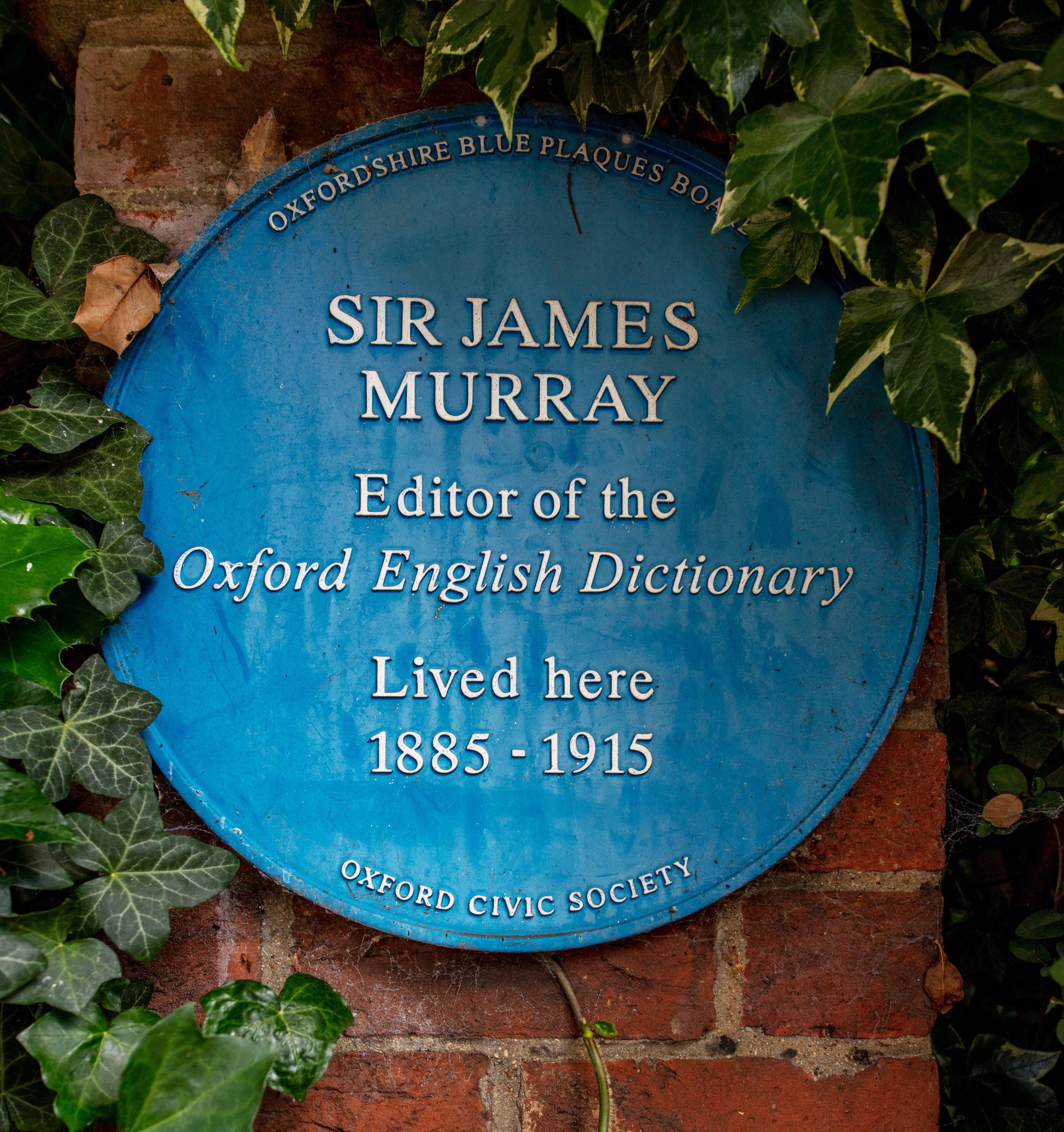
From 1879 Andrew Handyside and Company, iron founders from Derby, had responsibility for manufacturing a new type of post box, replacing the old hexagonal shape with a cylindrical design. Somehow during the design and manufacturing process both the royal cipher, ‘VR’ at the time, and the Post Office’s name were omitted. Curiously, it took eight years for the mistake to be spotted and for new boxes to be fitted once more with the cipher and the Post Office’s name, perhaps because it was thought to be a feature of the new design or because the roll-out was conducted at such a leisurely pace.
The post box outside Murray’s former house is one of the relatively few ‘anonymous’ post boxes still in use, something of which a man who devoted his life to tracking down exceptions to the rule would surely have approved.
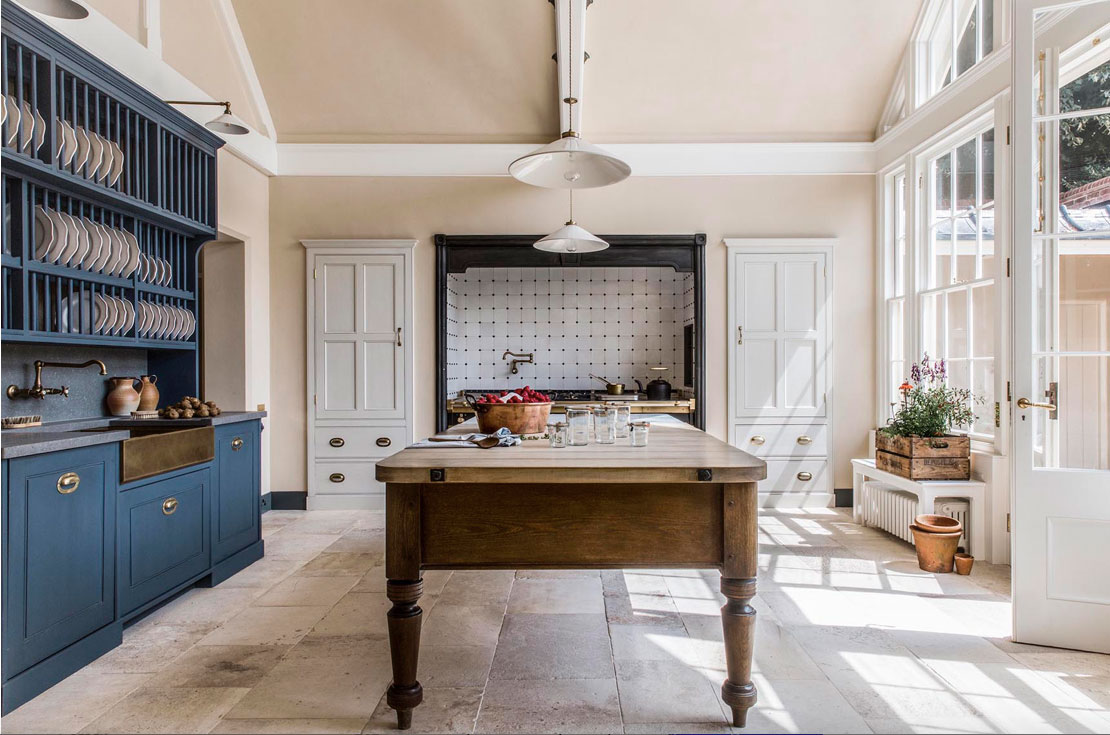
Credit: Artichoke
The lost art of English joinery: 'Without it, even the grandest room will be nothing more than a box'
In the revival of interest in English country houses, beautifully designed joinery is often overlooked. Bruce Hodgson, founder of Artichoke,
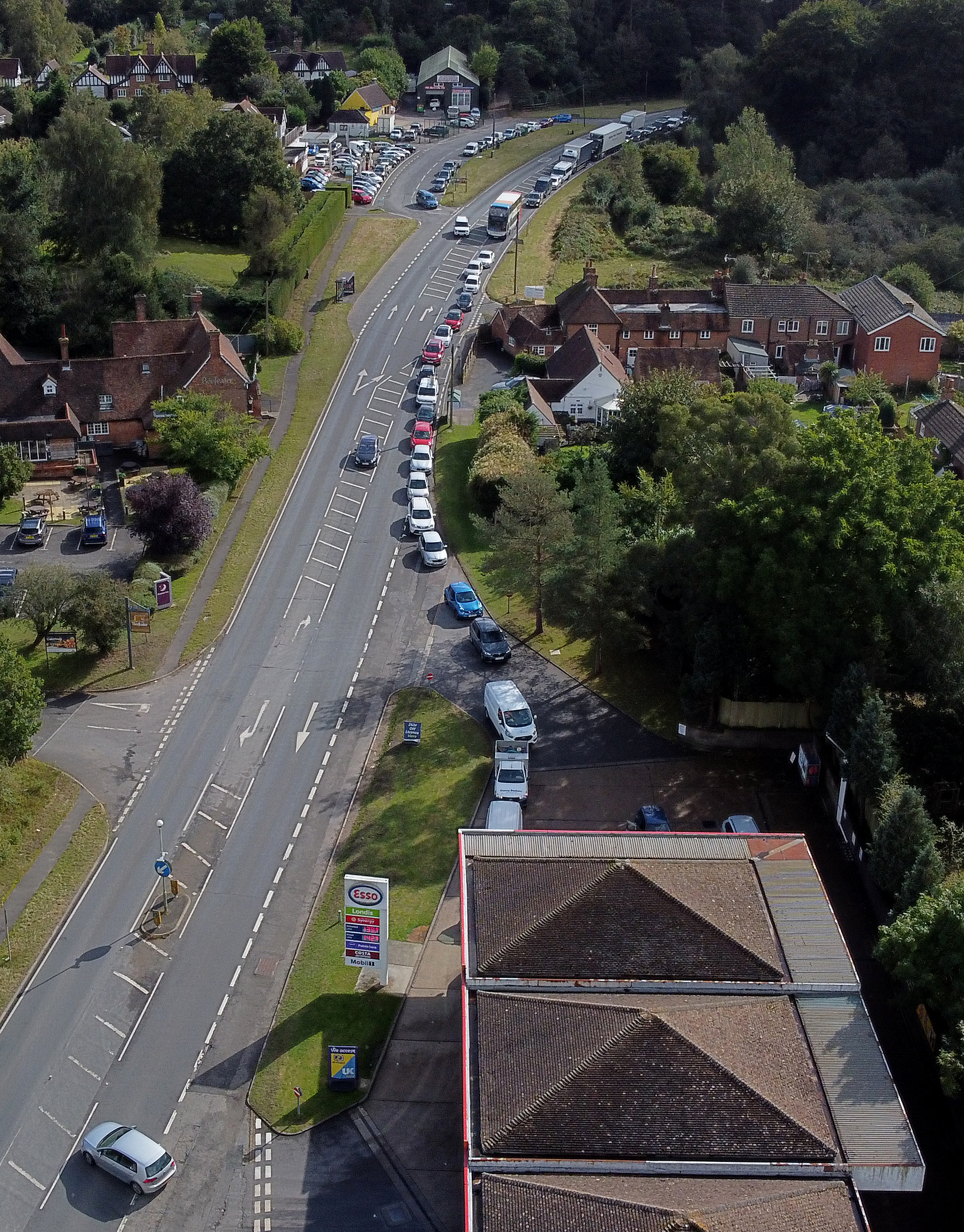
Carla Carlisle: 'Who thought visas that will expire on Christmas Eve was a good idea? The sooner they delete Bing Crosby’s I’ll be home for Christmas from the Department for Transport playlist the better'
Carla Carlisle does her very, very best to stay positive — and just about pulls if off.
After graduating in Classics from Trinity College Cambridge and a 38 year career in the financial services sector in the City of London, Martin Fone started blogging and writing on a freelance basis as he slipped into retirement. He has developed a fearless passion for investigating the quirks and oddities of life and discovering the answers to questions most of us never even think to ask. A voracious reader, a keen but distinctly amateur gardener, and a gin enthusiast, Martin lives with his wife in Surrey. He has written five books, the latest of which is More Curious Questions.
